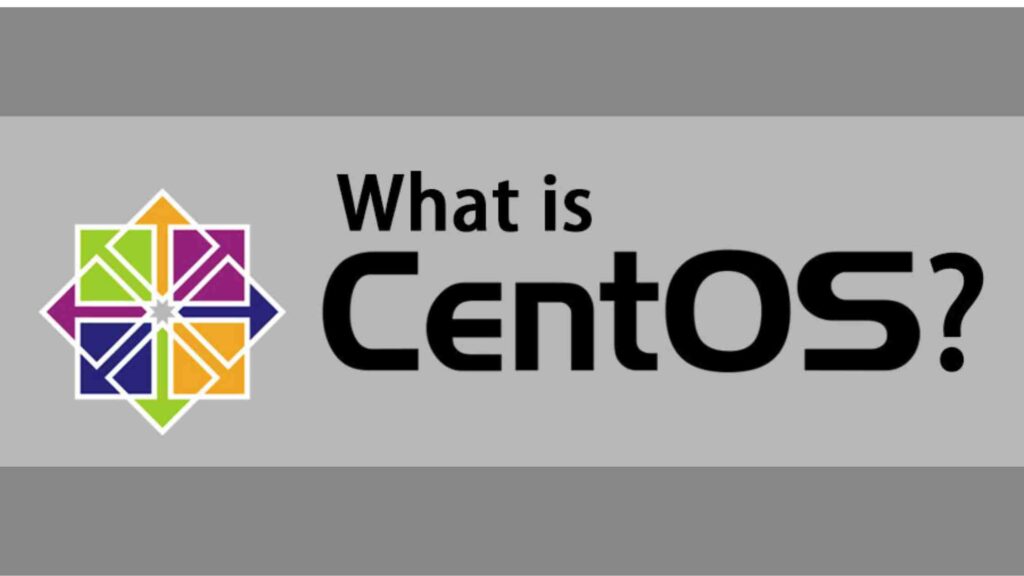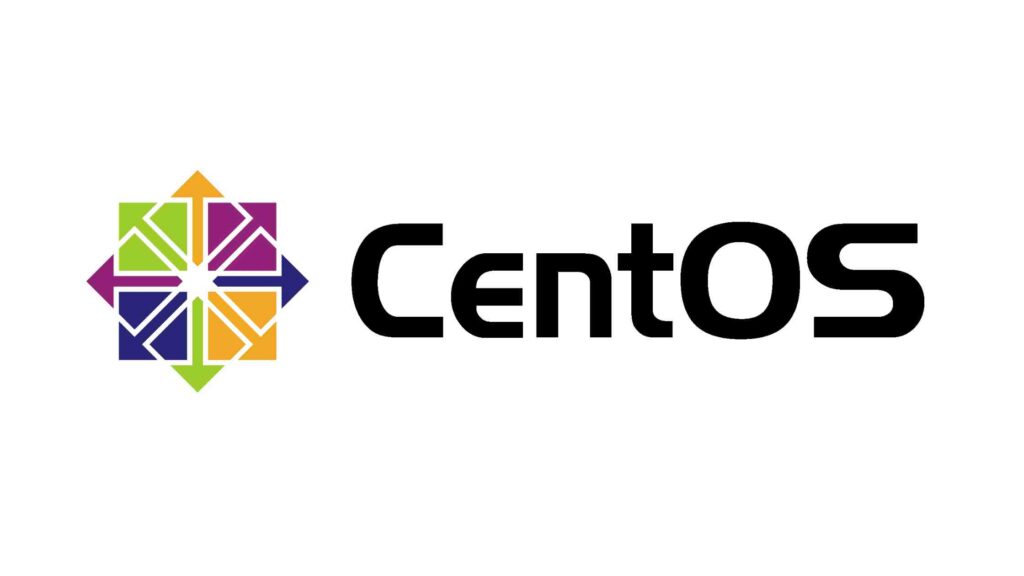Is CentOS Discontinued? The Red Hat CTO Chris Wright and Rich Brown, the CentOS Community Manager, announced that CentOS Linux no longer exists as it is replaced with the CentOS Stream. This means the users of CentOS Linux now have to move forward and choose a migration path. As Wright and Brown declared a huge change in the updates of CentOS Linux. Before unraveling the whole story about what happened, let’s look at what CentOS is and who is involved in this plot.
DiscontinuedNews is impartial and independent, and every day, we create distinctive, world-class programs, news, and content that inform, educate and entertain millions of people worldwide.
What Is CentOS?

CentOS stands for Community Enterprise Operating System, developed in 2003, and since 2014 it has been sponsored by Red Hat. It is a Linux distributing system that offers a free and open-source community-supported computing platform. It has released two Linux distributions, i.e., CentOS Linux and CentOS Stream.
CentOS Linux has launched its versions up to CentOS Linux 8, which are fully compatible with RHEL. Still, the CentOS project discontinued its update in December 2021, and it is believed that CentOS Linux 7 updates will be discontinued on June 30, 2024.
CentOS Versions
In May 2004, CentOS version 2 was released, and later its version 6 was launched, which supports the IA-32 architecture. In December 2015, CentOS 7 was released and could support the Power ISA, ARMv7hl, and the variants of the ARM architecture AArch64 along with IA-32 architecture. Its version 8 was launched on September 24, 2019, and is available for the x86-64, ARM64, and POWER8 architectures.
CentOS officially joined Red Hat under a new CentOS governing board in January 2014. This platform is functionally compatible with Red Hat Enterprise Linux (RHEL).
The founder of CentOS, Gregory Kurtzer, initiated the Rocky Linux project when Red Hat eliminated the CentOS development in December 2020. Later, a new derivative of RHEL (AlmaLinux) was launched by Cloud Linux in March 2021.
It was announced that by the end of 2021, CentOS Linux would be discontinued and replaced with CentOS Stream.
- Official website: Centos.org
- Country: United States of America (USA)
- Desktop: GNOME
- Category: Desktop, Server, Live Medium
- Based on: Red Hat, Fedora
- Working State: Discontinued
- First Release: May 14, 2004
- Last Release: November 16, 2021
- OS Type: Linux
- Developer: The CentOS Project
- Succeeded by: AlmaLinux, Rocky Linux
Who is Involved in it?
There are a few companies that play major roles in this, such as RedHat, IBM, and CentOS:
RedHat: RedHat is an organization that mainly focuses on open-source software, out of which RHEL is one. RedHat and CentOS officially unified in 2014; CentOS Linux is a downstream version of the RHEL Operating system.
IBM: IBM is the acronym of International Business Machines; it had been declared in 2018 that they have decided to take over Red Hat for $38 billion. But the plan was shut down in the year 2019.
CentOS is one of the popular Operating systems initially launched in 2004. The CentOS Project is linked with the CentOS Linux and CentOS Stream.
It has been officially announced that CentOS Linux will die soon, and the project is focusing on CentOS Stream.
Comparison between CentOS Linux and CentOS Stream
CentOS has two distinct variants, i.e., CentOS Stream and CentOS Linux. Let’s compare both of them to get to know what makes them different.
It is already declared that CentOS Linux is going away, and the entire focus of the CentOS project has been moved toward the CentOS Stream. Let’s compare both of them.
| In terms of | CentOS Linux | CentOS Linux has undergone various testing, although the testing for both CentOS Linux and CentOS Stream is comparatively the same and differs sometimes. |
| End Of Life (EOL) dates | CentOS Linux 7 EOL: June 30, 2024. | CentOS Stream 8 EOL: May 31, 2024. |
| CentOS Linux 8 EOL: December 31, 2021. | CentOS Stream 9 EOL: Expected in 2027. | |
| Upstream and Downstream | CentOS Linux is a downstream version of Red Hat Enterprise Linux (RHEL) and its version range comes from the release date of the RHEL.RHEL 8.3 was released in May 2021 and CentOS 8.2105 is a downstream version of it and its version number 8.2105 is based on the release date of RHEL. | CentOS is the upstream version of the RHEL. CentOS Stream 9 is the upstream version of RHEL 9 and CentOS 8 is the version of RHEL 8. |
| Frequency of Updates | CentOS Linux is the rebuild of the existing RHEL versions. New versions of CentOS Linux possess few updates while the older versions had no more batches of updates. | The CentOS Stream versions have content that is planned for the latest and updated RHEL releases. |
| In terms of testing | CentOS Linux has undergone various testing, although the testing for both CentOS Linux and CentOS Stream is comparatively the same, and differs sometimes. | CentOS Stream is the updated version of RHEL and they both have undergone testing only once. |
| Model Amendments | Changes in the model of CentOS Linux can take more time to proceed or even take years. | CentOS Stream can be changed directly without taking too much time as CentOS Linux. |
CentOS Linux is going away what to do now?
Yeah! It has been officially announced that CentOS Linux will die soon, and the CentOS Stream will replace it. So, you can go for CentOS Stream now but remember it’s not similar. CentOS Linux is a rebuild of RHEL, whereas CentOS Stream is a beta rolling release Linux distribution.
Many organizations such as Toyota, Verizon, GoDaddy, Disney, Verizon, Riverbed, Juniper, F5, Juniper, Fortinet, and many more depend on CentOS Linux. For those, this time is to move on another track and adopt the changing way.
Other alternatives you can choose and they are worth consideration:
AlmaLinux
Why choose AlmaLinux? Those who are in the habit of using CentOS Linux now have other better options, and AlmaLinux is one of them. It offers a variety of advantages:
- Solid financial backing
- It can be available on both desktops and servers
- It powers large cloud infrastructure
- You can easily switch from CentOS to AlmaLinux
Amazon Linux
Why choose Amazon Linux? Amazon Web Services for Amazon Elastic Compute Cloud (Amazon EC2) offers Amazon Linux.
- It also supports updated EC2 features.
- The maintenance and security are of high grade.
- It possesses high-quality performance, security, and stability for Amazon EC2 apps.
- Besides, it does not charge any extra amount for Amazon EC2 users.
CloudLinux OS
Why choose CloudLinux OS? There are many benefits of choosing Cloud Linux OS:
- It provides stability as it abides the fluctuation while using resources and offers a stable atmosphere in all conditions.
- CloudLinux OS offers tight security to safeguard the websites hosted on it.
- There is no need to worry about server-down issues as CloudLinux OS provides Lightweight Virtualized Environment that isolates each user on the server, and it never lets the server go down.
Here are more options: HPE ClearOS, Oracle Linux, Red Hat Enterprise Linux, Rocky Linux, and Ubuntu.
